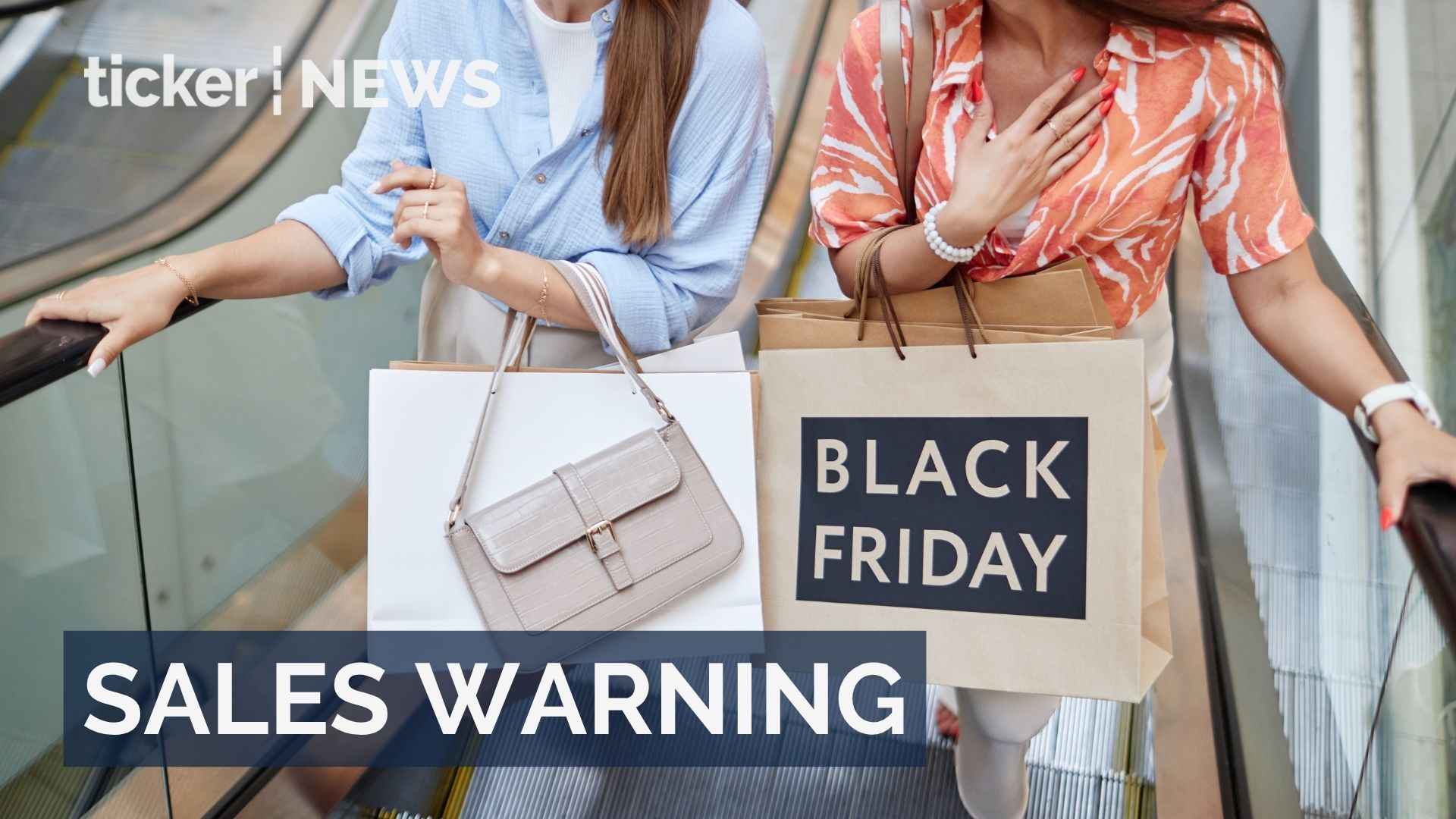Once again, the annual shopping extravaganza known as “Black Friday” is nearly upon us, this year falling on November 28. But the sales are already well underway.
What started as a single-day discounted shopping event on the Friday after Thanksgiving in the United States has blown out to a weeks-long sales festival, in stores and online. And it has spread around much of the world – including to Australia.
It might feel like a great time to try to score a bargain. But this week, the Australian Competition and Consumer Commission (ACCC) put retailers on notice. The consumer watchdog announced it would be watching out for various kinds of misleading sales conduct that can be used to trick consumers.
If found to be engaging in misleading or deceptive sales conduct, retailers may face heavy financial penalties. But as a consumer, it also pays to understand how these dodgy tactics work, so you can’t be duped this sales season.
Dodgy sales tactics
The ACCC says it is on the lookout for a range of misleading or deceptive sales advertising tactics. Examples include:
- advertising sales as “storewide” when only some items are discounted
- countdown clocks or timers that show a shorter period than the actual sale (to create false urgency)
- fine-print disclaimers that exclude some items from the sale
- “up to X% off” discounts that only apply to a few items (or the “up to” text is not prominently displayed)
- price comparisons of before and after sale discounts that are not accurate (including where the price has gone up in a short period before the discount was applied).
Sadly, there are many examples of allegedly misleading sales conduct occurring at peak shopping periods.
Following a similar sweep of last year’s Black Friday sales, the ACCC recently fined three retailers for allegedly
misleading customers by advertising discounts as “storewide” when only some items were on sale.
In 2019, the online marketplace Kogan offered a “tax time” discount of 10% on products that had had their price increased immediately before the promotion (by at least 10% in most cases). It was subsequently fined A$350,000 for misleading conduct in breach of Australian Consumer Law.
Why is the ACCC so strict about this kind of conduct?
These examples of dodgy conduct might seem annoying. But they don’t seem earth-shatteringly bad – such as selling physically dangerous products.
Why is the ACCC so concerned about misleading conduct at Black Friday sale time, and indeed retail pricing more generally?
Shouldn’t consumers just be more careful? The answer lies in the cumulative harms of misleading pricing conduct.


Supplied, ACCC
Manipulating consumers through marketing
Sales rely on consumers thinking they are getting a good deal on products they want. And sometimes sales marketing seeks to persuade consumers the deal is better than it really is.
Marketing strategies such as countdown timers, strike-through prices or promoted large percentage discounts are designed to appeal to consumers’ emotions and to rush them into closing off a purchase.
Consumers with heightened emotions or feeling pressure to grab a deal are less likely to make a rational assessment of the real value of the discount being offered to them. This is why truth in sales advertising is so important.
What consumer protection laws are for
We have strong protections against misleading conduct in Australia for good reason. If sellers can trick consumers into buying goods at discounts that are actually illusory, those dishonest sellers gain an advantage over honest sellers selling at a transparent and accurate price.
This risks a market that rewards poor conduct and encourages an overall rush to the bottom.
Australian Consumer Law takes the view that consumers should be able take the advertisements they see at face value. Consumers shouldn’t have to assume they are going to be tricked by sellers.
Such an approach would not conform to the object of enhancing the “welfare of Australians” through “the promotion of competition and fair trading” that underlies Australian Consumer Law.
Stopping a bad deal
If you are considering buying goods at the Black Friday sales, it is a good idea to screenshot the item before it goes on sale. That way you can check if the sale discount is genuine and the item is actually the same as the one you want (not an older or cheaper model).
When shopping at a sale, take time to look at the discount offered. Is it a real discount? Does it justify the spend coming up to the holiday period? Discounts may be marked up in an attractive colour but still not represent good value.
Finally, if you think you have been misled by a pricing strategy, such as a discount that isn’t genuine or a fine-print qualification on the discount that is advertised, you can complain to the ACCC.
Ideally, take screenshots of what was advertised and what you received to support your claim to be treated fairly at sales time.![]()
![]()
Jeannie Marie Paterson, Professor of Law (consumer protections and credit law), The University of Melbourne
This article is republished from The Conversation under a Creative Commons license. Read the original article.






















